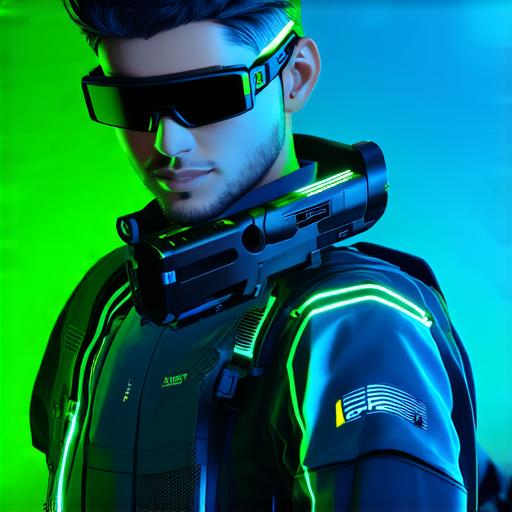Augmented reality (AR) is an exciting and rapidly evolving technology that allows digital content to be overlaid on the real world. With the increasing popularity of AR in various industries, more and more developers are exploring this innovative technology. However, developing AR can be a challenging task that requires a specific set of skills and knowledge.
1. Define Your AR Experience
The first step in developing an AR experience is to define what you want to achieve with your app. This includes understanding your target audience, their needs, and what makes your AR experience unique. Consider the following questions:
- What problem does your AR experience solve?
- Who is your target audience?
- How will your AR experience be used in real life?
- What sets your AR experience apart from others in the market?
Once you have answers to these questions, you can start brainstorming ideas for your AR experience and create a rough prototype to test your concept.
2. Choose Your AR Development Platform
There are several AR development platforms available, each with its own strengths and weaknesses. Some of the most popular AR development platforms include:
- Unity 3D
- Unreal Engine
- Vuforia
- Wikitude
Choose a platform that fits your needs and skill level. Some platforms are more user-friendly than others, while others offer more advanced features for experienced developers. It’s also important to consider the cost of each platform and whether it offers support for your target devices.
3. Create Your AR Content
Once you have chosen your AR development platform, it’s time to start creating your content. This includes designing your 3D models, creating textures, and programming the behavior of your objects in the real world. Here are some tips for creating engaging AR content:
- Keep your content simple and easy to understand
- Use realistic lighting and textures to make your objects look authentic
- Consider the user’s perspective when designing your content
- Test your content on a variety of devices to ensure compatibility
4. Integrate AR Tracking
AR tracking is the process of detecting the real world environment and overlaying digital content onto it. There are several types of AR tracking, including marker-based tracking, image recognition tracking, and depth-based tracking. Choose the type of tracking that best suits your needs and integrate it into your app. Here are some tips for integrating AR tracking:
- Test your AR tracking in real-world environments to ensure accuracy
- Optimize your tracking for different lighting conditions
- Consider using multiple types of tracking to enhance the user experience

5. Develop a User Interface
A well-designed user interface (UI) is essential for an engaging and intuitive AR experience. This includes designing buttons, menus, and other interactive elements that allow users to interact with your content. Here are some tips for developing a user-friendly UI:
- Keep your UI simple and easy to understand
- Use clear and concise language in your instructions
- Test your UI on a variety of devices to ensure compatibility
6. Optimize for Performance
AR experiences can be computationally intensive, especially when dealing with large 3D models and complex tracking algorithms. To optimize your AR experience for performance, consider the following best practices:
- Use low-poly 3D models to reduce rendering times
- Reduce the number of objects in your scene to minimize tracking complexity
- Optimize your code for performance by using caching and other techniques
